

In Pyramid Quest you play as rival groups of archaeologists racing to uncover the Great Pyramids of Giza. Each player will have to play their cards right in order to get the best power ups possible while also maintaining their supply of gold and resources.




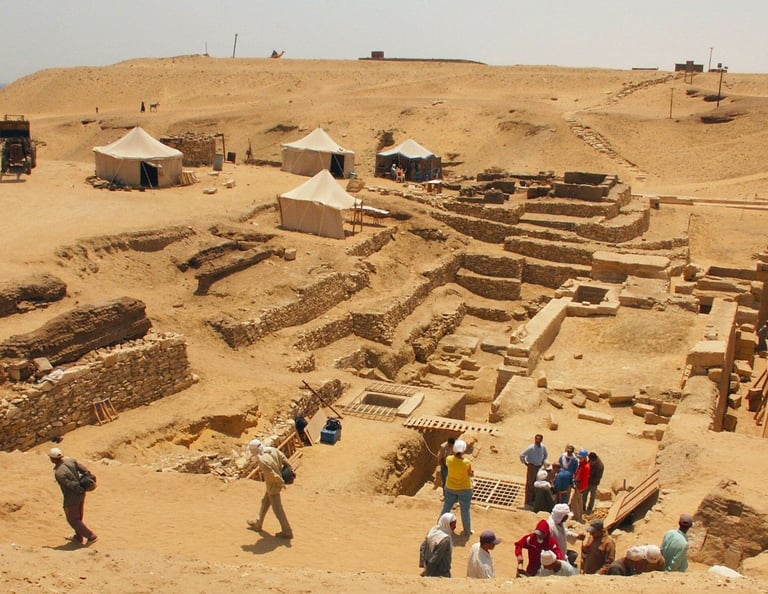


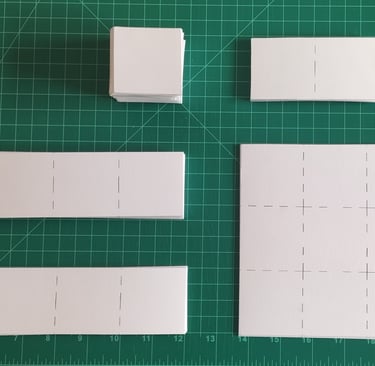


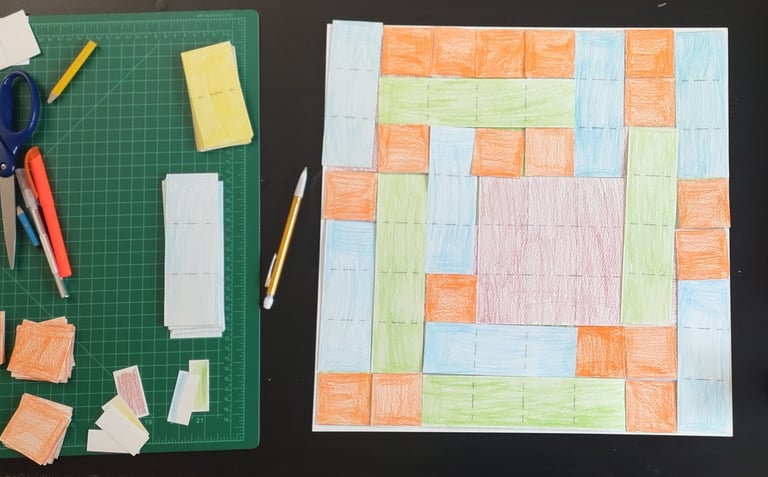





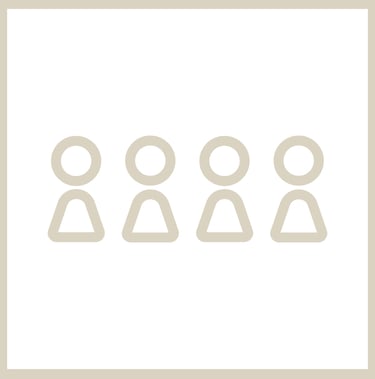

30-45 Minutes
Resource Management
Strategy
2-4 Players

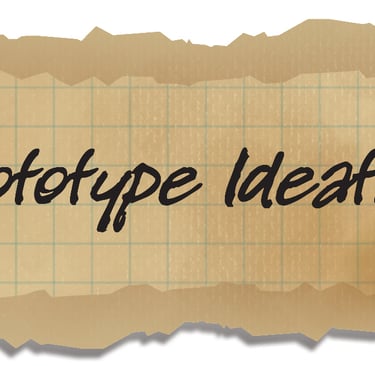
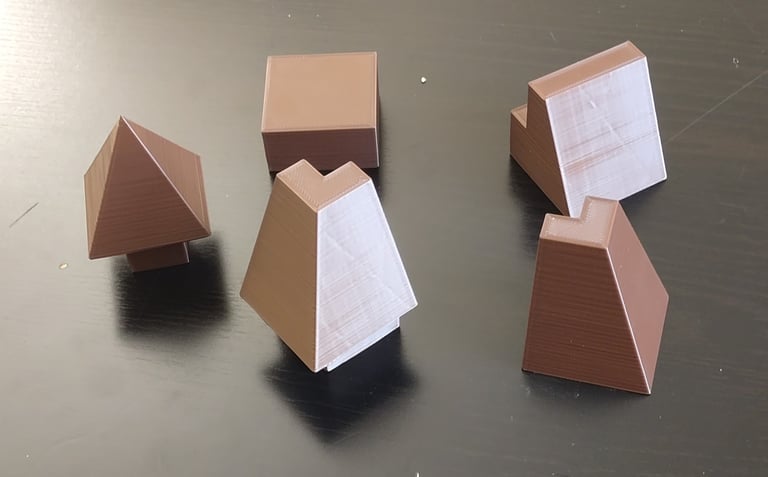




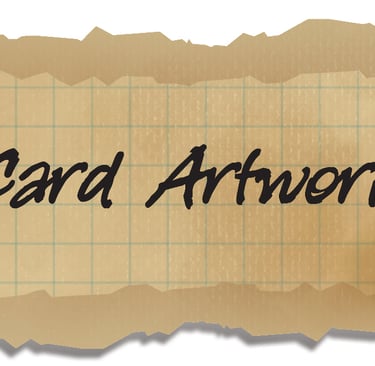
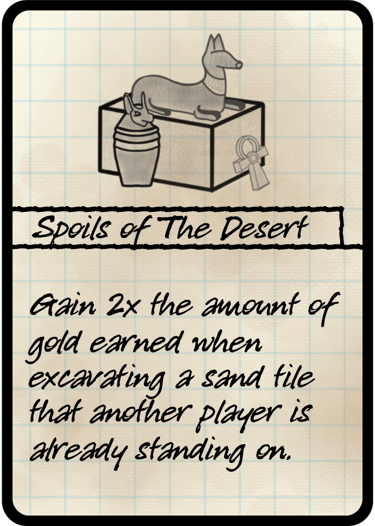

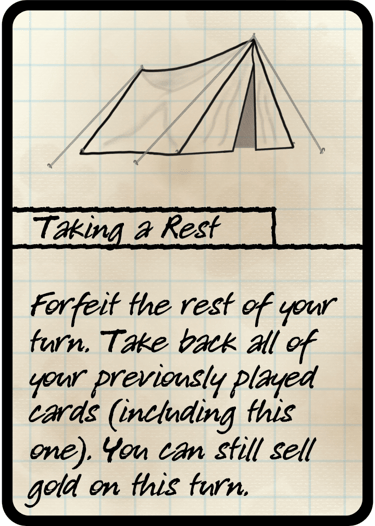


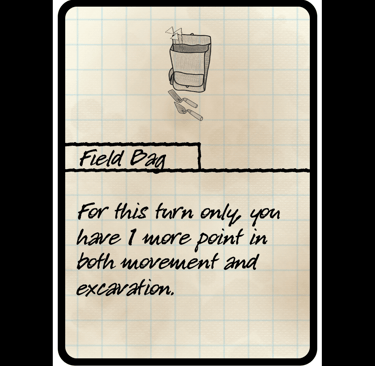
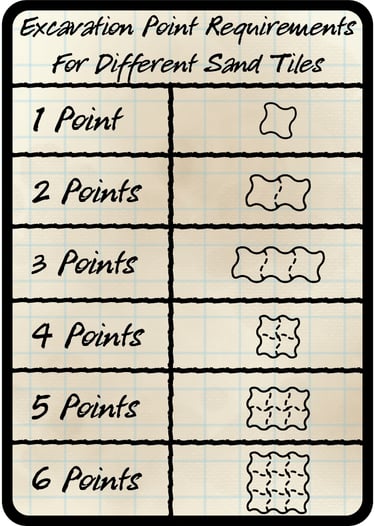

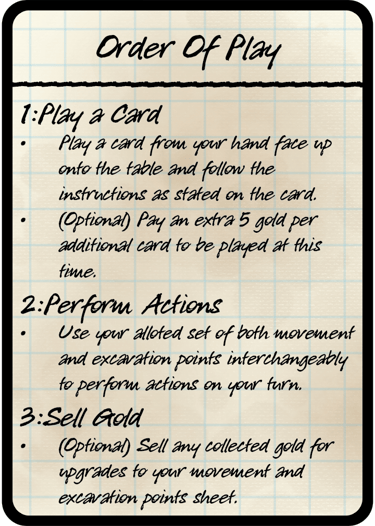


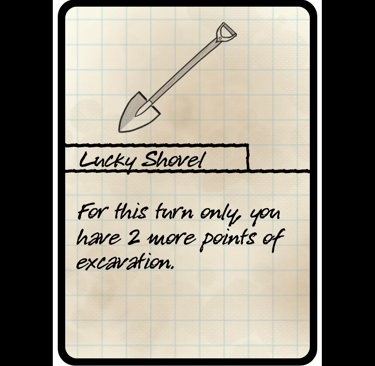

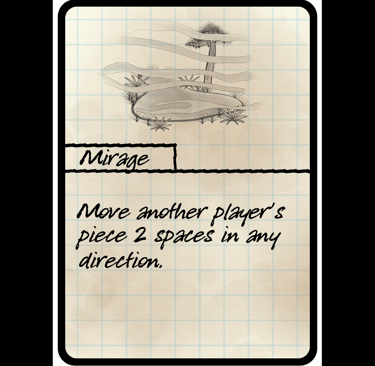
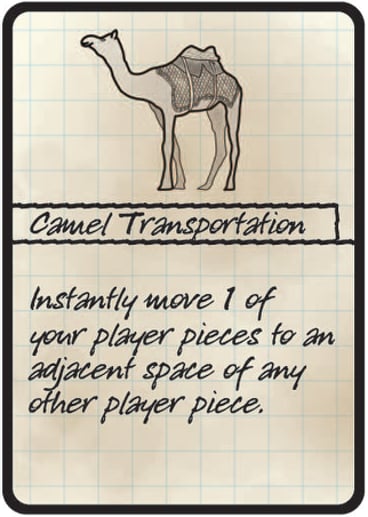

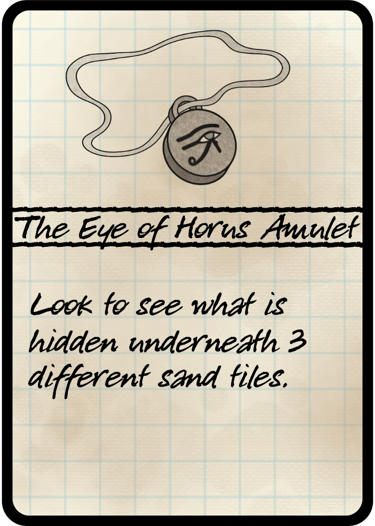

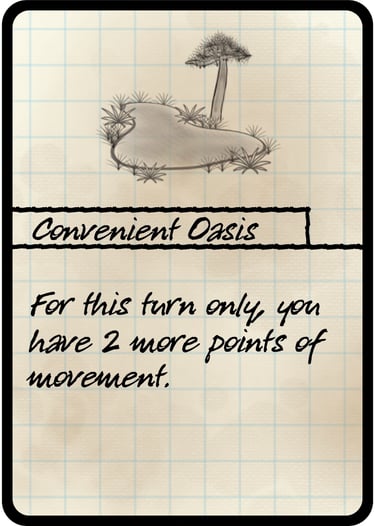



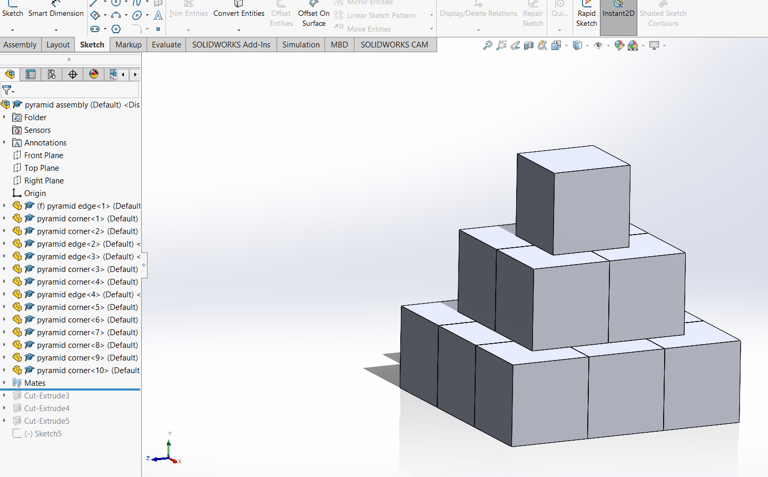

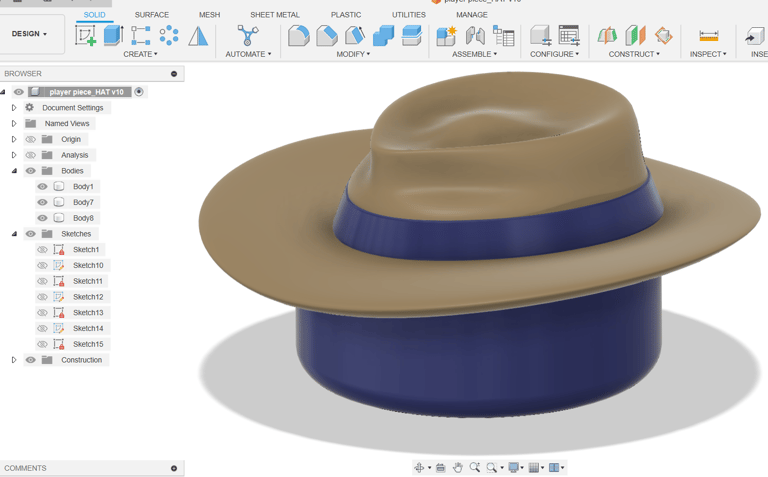

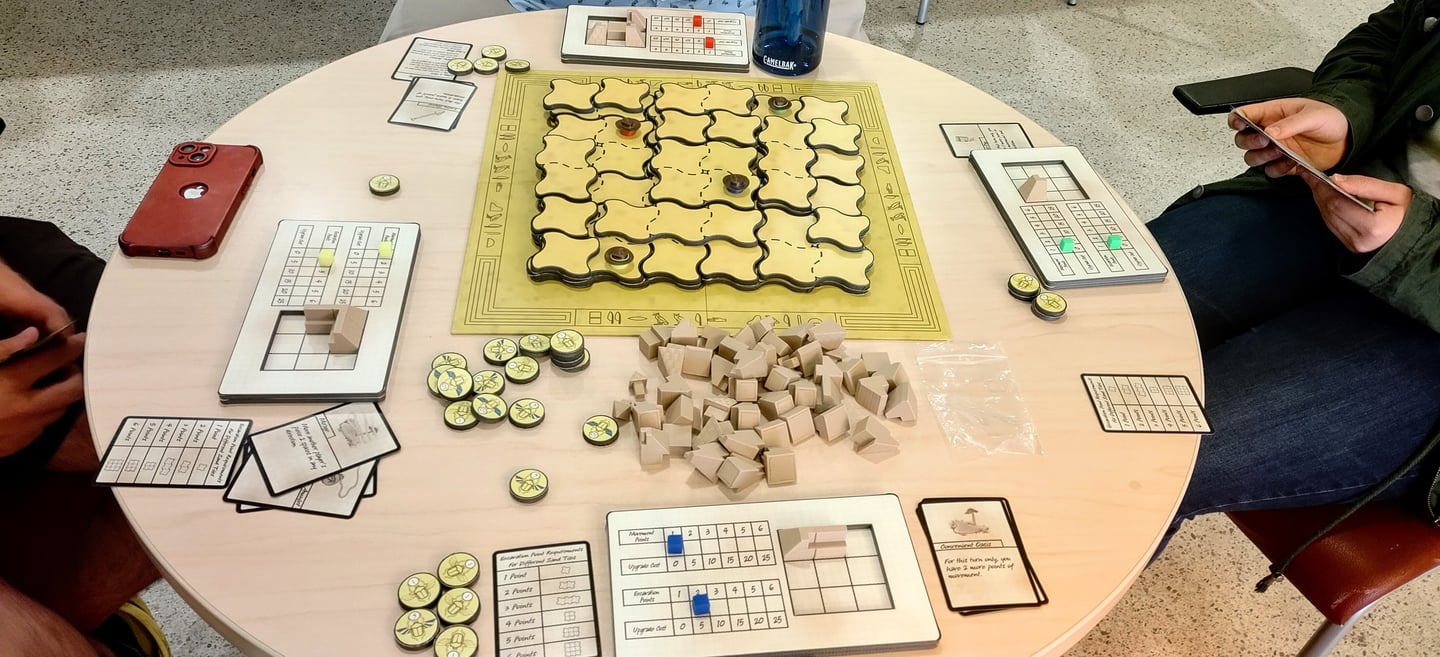

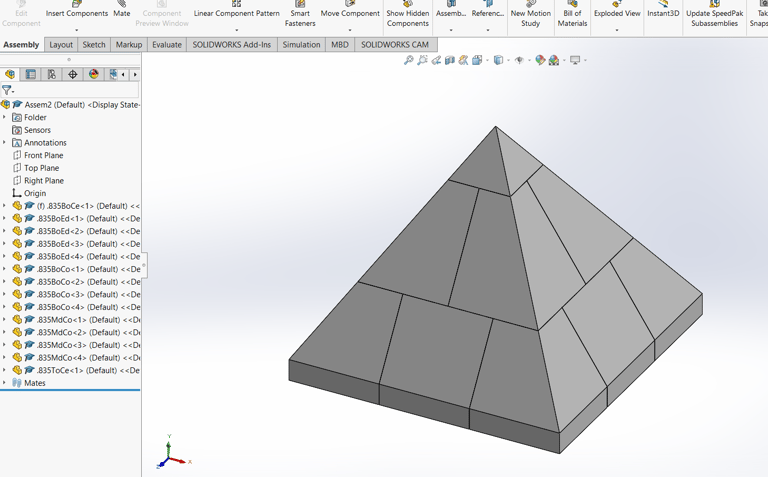

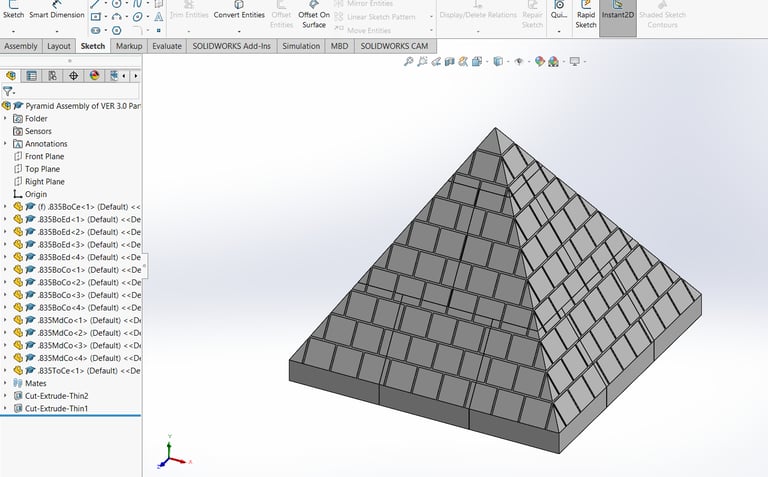



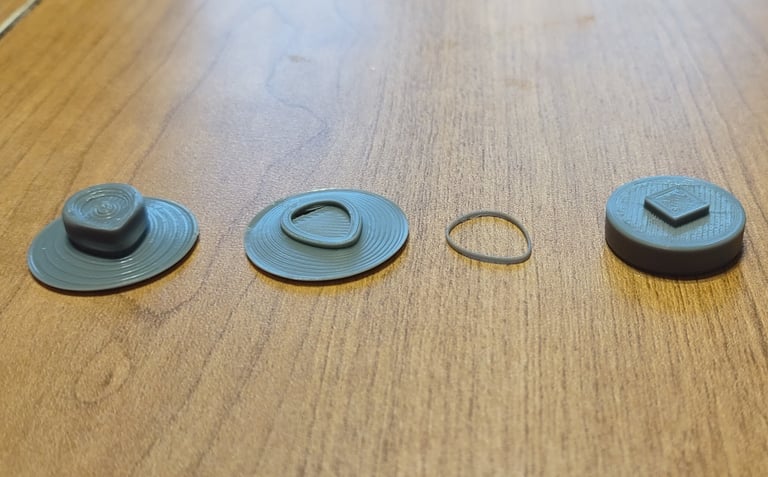


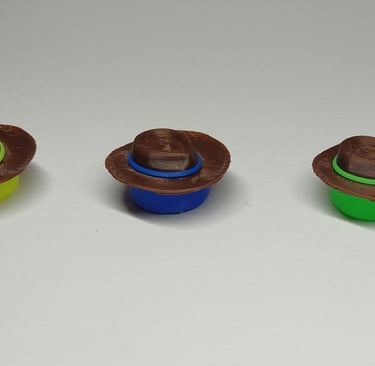
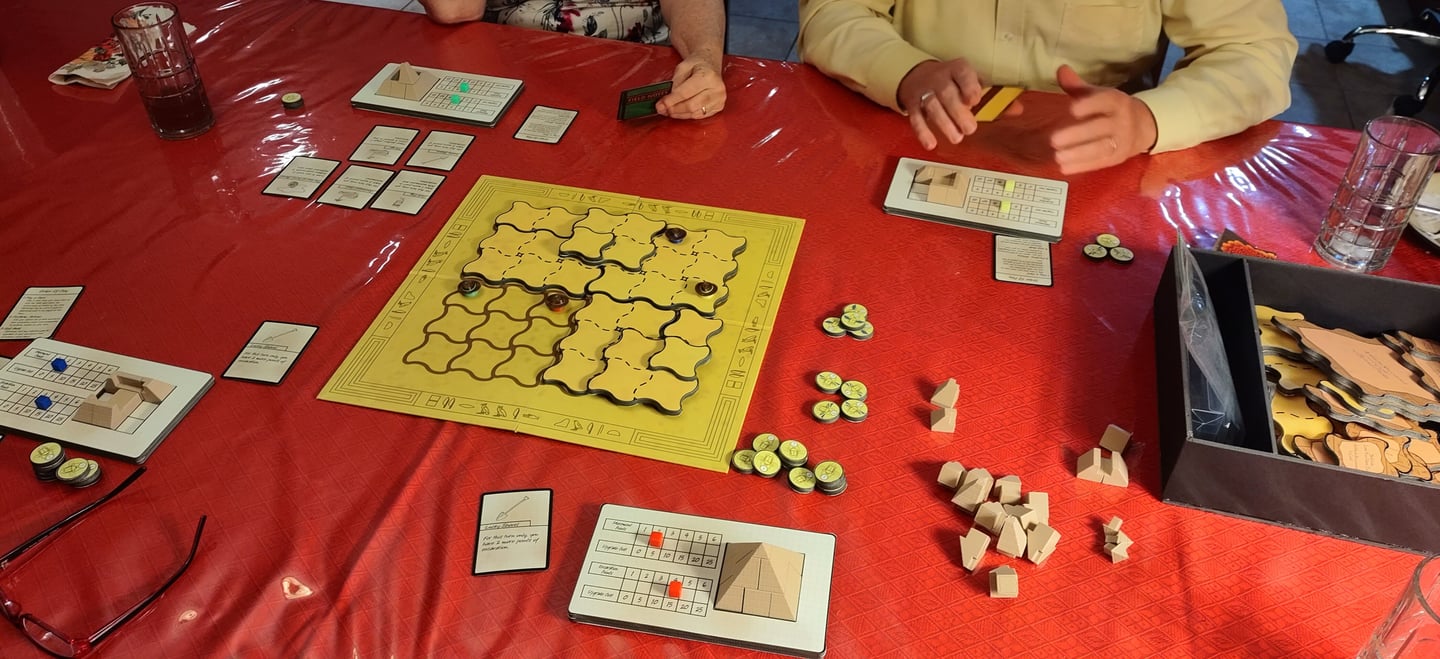

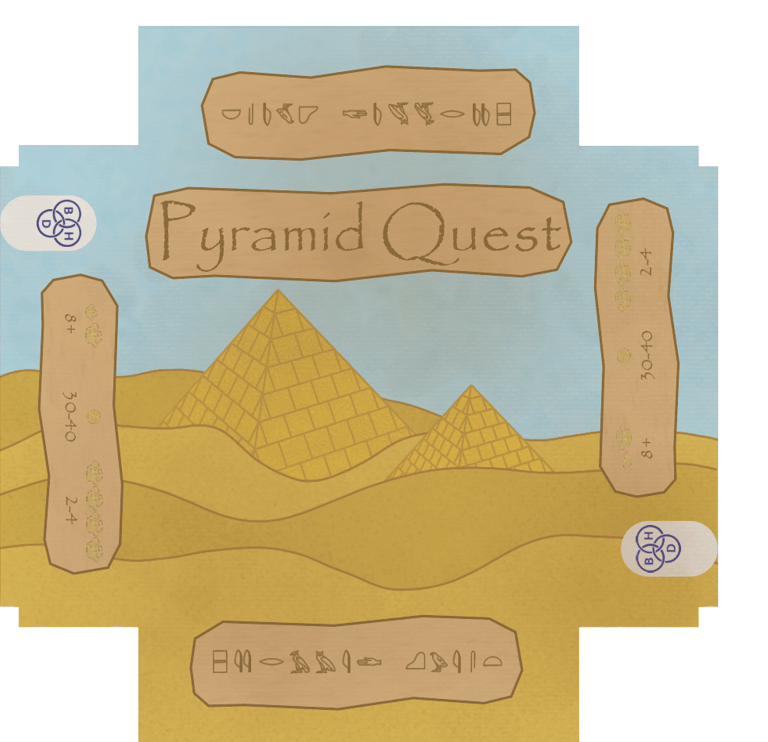



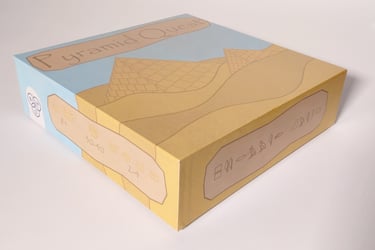


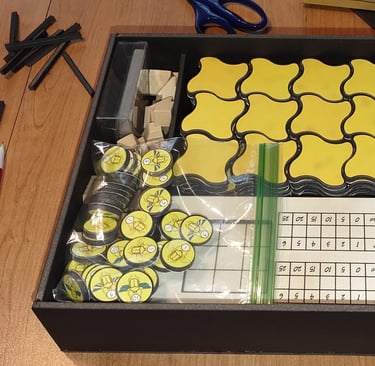
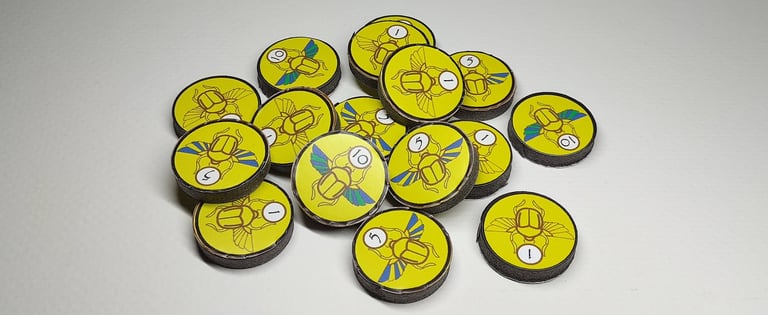

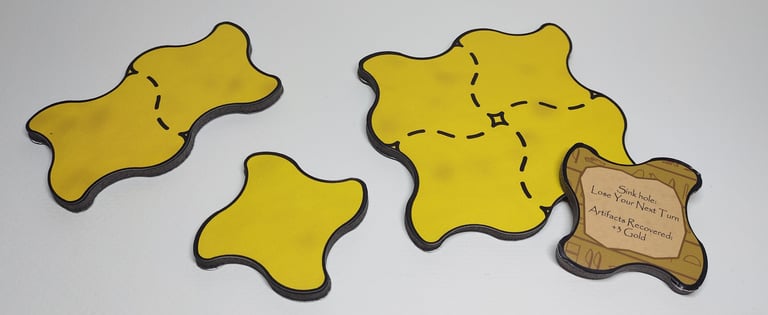

The best way to troubleshoot a new board game is to conduct playtests. I started out with simple pieces made from cardstock and then quickly moved onto 3D printed parts as well. Later on, the cardstock was replaced with foam board as it both provided more rigidity to the pieces, but also provided more dimensionality to the game board overall.
In Pyramid Quest, each player is given their very own deck of Field Note cards. These cards will allow different abilities to be conducted at the start of each turn. An additional Reference card is also provided for each player. This card includes the steps of your turn while also being a guide to the excavation point requirements for certain sand tiles.
In Pyramid Quest, the main goal in order to win the game is to be the first player to complete their entire pyramid. Each pyramid consists of 14 pieces, all of which were created in Solidworks. Each piece consists of a slight brick pattern shallow enough for the purposes of mass manufacturing through the processes of plastic moldings.
The player icons were each made in Fusion 360 using the t-spline tool. The design for the hat shape was created to better represent each player as being an archeologist. The player pieces were split into three different parts so that they could all be printed independently with their respective colors. After the printing was done, they were then glued together.
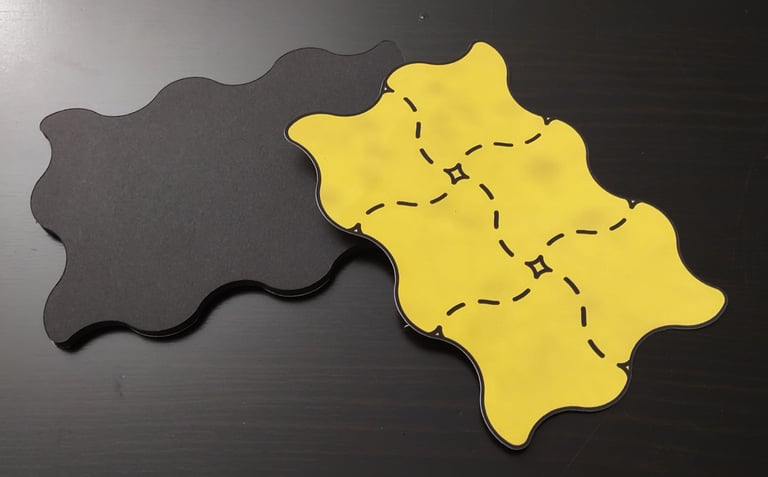


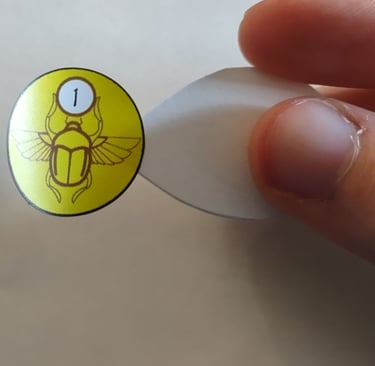
The Final pieces to finish off the game were the collectible gold coins and the differently sized sand tiles. These parts were both cut to shape by a Kongsberg cutting table. After the pieces were cut, I manually placed the vinyl stickering onto each part.

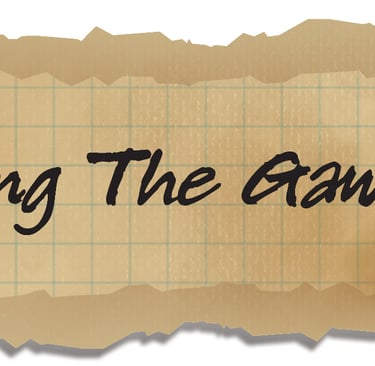
When creating this game I always had a design goal in mind for when it came to the creation of the box. There are many different sizes to choose from when comparing the box size to that of which other board games have chosen for their games. For the purposes of this game, I decided to go with the most common option, which was the medium sized box.

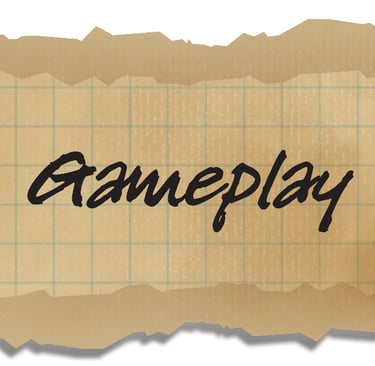


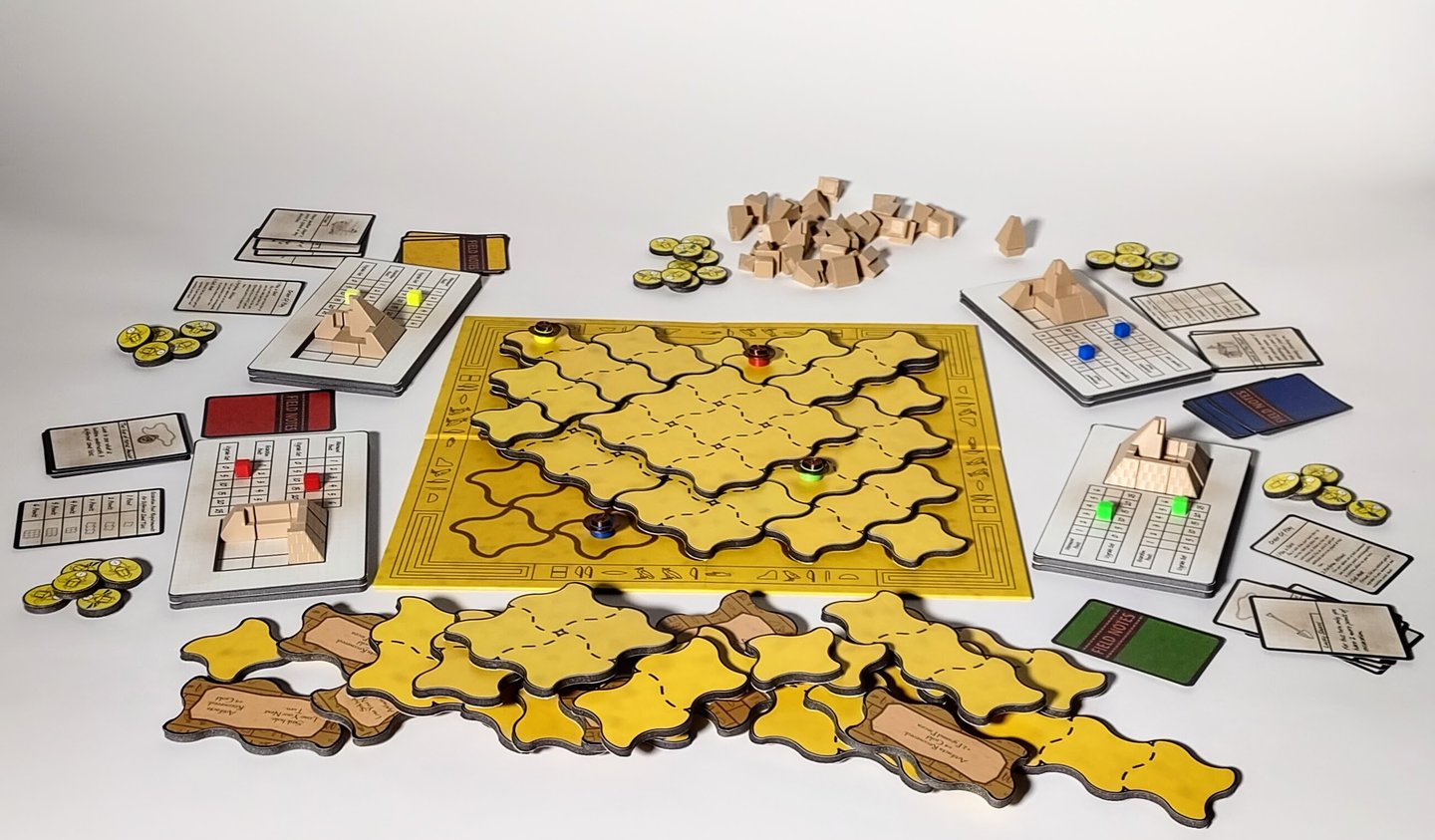

Pyramid Quest
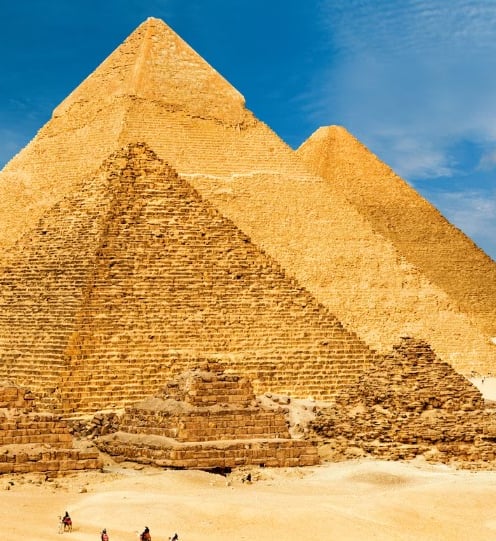






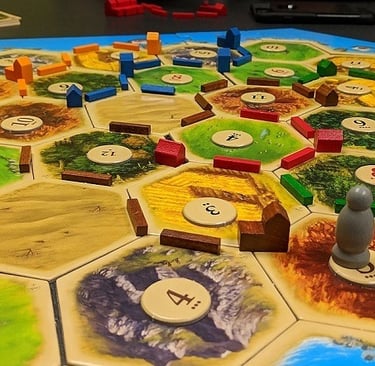
Pyramid Quest aims to be as approachable as it can be for any existing setting. The game features simple mechanics for ease of understanding for newcomers to the board game industry, while also featuring a high level of hidden strategy so that veteran players can also enjoy the thrill of playing the game as well.
With different games comes different styles of play. People tend to buy and play games in which they like, and or, are interested in the featured mechanics of the game. Pyramid Quest features game mechanics such as hand management, map reduction, action drafting, grid movement, income, modular board, and strategy.
Board Game
Pyramid Quest


Ben Hines


